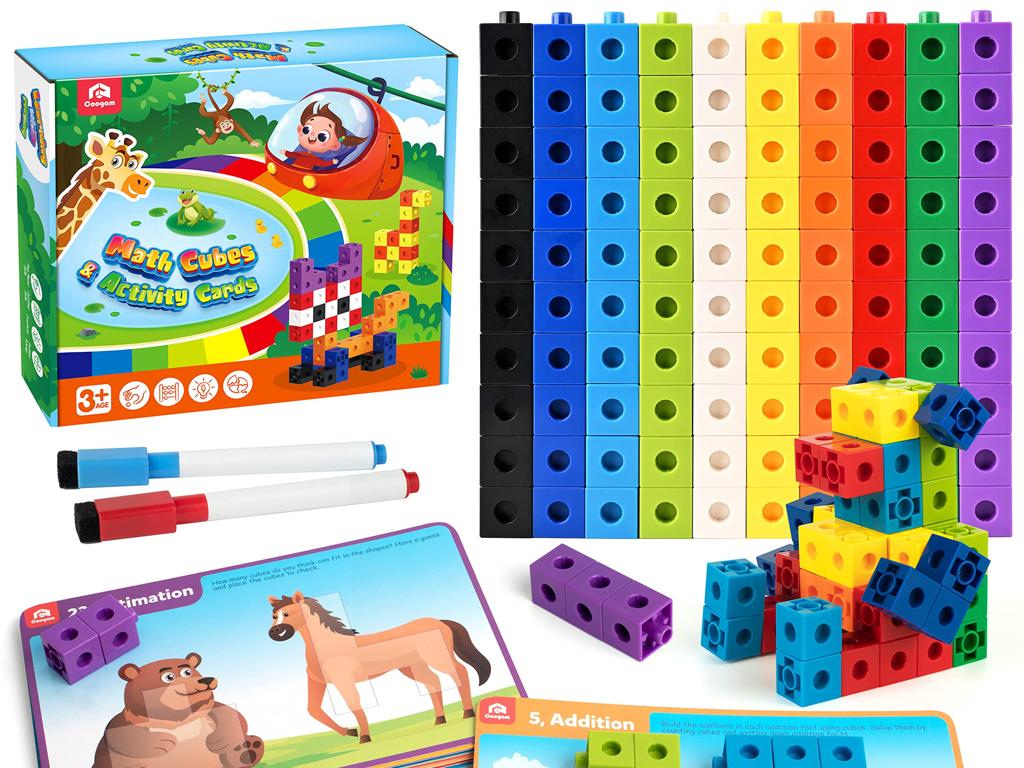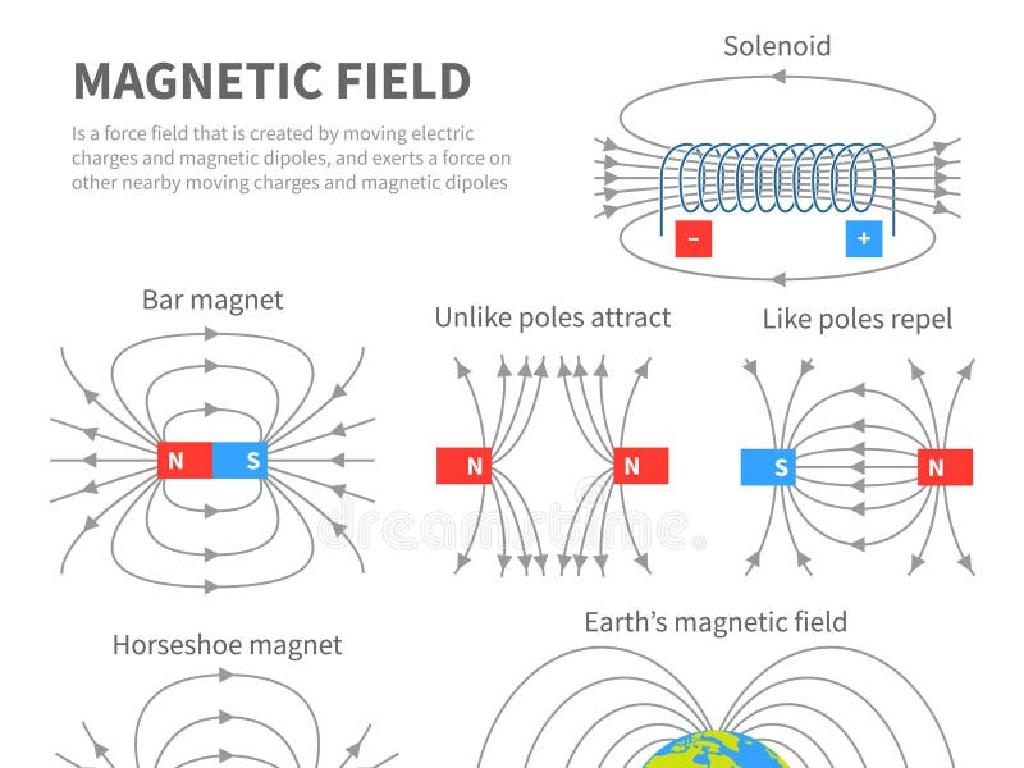Identify Adjectives
Subject: Language arts
Grade: Eighth grade
Topic: Adjectives And Adverbs
Please LOG IN to download the presentation. Access is available to registered users only.
View More Content
Welcome to Adjectives!
– Defining adjectives in sentences
– Words that describe nouns, e.g., ‘The quick, brown fox’
– Adjectives enhance descriptions
– They add detail, making writing vivid and expressive
– Examples in literature
– ‘The *gloomy* forest’ vs. ‘The forest’ shows adjective impact
– Practice identifying adjectives
|
Begin the lesson by defining adjectives as words that modify nouns and pronouns, providing more detail about the object being described. Emphasize their importance in adding color and depth to writing, making it more engaging and vivid for the reader. Use examples from well-known literature to illustrate how adjectives influence the tone and imagery of a passage. Conclude with an activity where students identify adjectives in sentences from their reading books or in sentences you provide, discussing how each adjective changes the perception of the noun it describes.
Understanding Adjectives
– Define an adjective
– A word that describes a noun or pronoun
– Adjectives modify nouns
– They give more information about size, color, shape, etc.
– Daily language adjective examples
– Words like ‘happy,’ ‘blue,’ ‘seven,’ and ‘bumpy’
– Practice identifying adjectives
|
Begin the lesson by defining an adjective as a part of speech that modifies or gives more information about a noun or pronoun. Emphasize that adjectives can describe qualities such as size, color, quantity, and more. Provide students with examples of adjectives in sentences to illustrate how they add detail and allow for more vivid descriptions. Encourage students to think of their own examples and to practice identifying adjectives in sentences from their reading material. This will help them understand the role of adjectives in adding specificity and interest to language.
Exploring Types of Adjectives
– Descriptive Adjectives
– Describe qualities: ‘happy’, ‘sad’, ‘bright’
– Quantitative Adjectives
– Indicate amount or number: ‘five’, ‘many’, ‘few’
– Demonstrative Adjectives
– Point out specific items: ‘this’, ‘that’, ‘these’, ‘those’
– Possessive Adjectives
– Show ownership: ‘my’, ‘your’, ‘his’, ‘her’
|
This slide introduces students to the different types of adjectives and their functions. Descriptive adjectives add detail by describing a noun’s qualities. Quantitative adjectives express the quantity of nouns. Demonstrative adjectives specify particular nouns, and possessive adjectives indicate ownership. Provide examples for each type and encourage students to create sentences using adjectives from each category. This will help them understand how adjectives can modify nouns and enhance their writing.
Adjectives in Action
– Identify adjectives in sentences
– Find and highlight the describing words
– Adjectives’ impact on nouns
– See how adjectives modify and give specifics to nouns
– Practice with a paragraph
– Choose a paragraph and pick out all the adjectives
|
This slide is aimed at helping students recognize and understand the role of adjectives in sentences. Begin by explaining that adjectives are words that describe or modify nouns, giving more information about an object’s size, shape, age, color, etc. Show examples of sentences with and without adjectives to illustrate the difference they make in the meaning and vividness of a sentence. For the practice activity, provide a paragraph and have students identify all the adjectives. This exercise will reinforce their understanding of adjectives and improve their ability to use them effectively in their writing. Encourage students to discuss how each adjective changes the noun it describes and to come up with their own sentences using the adjectives identified.
Comparative and Superlative Adjectives
– Forming comparative adjectives
– Add ‘er’ to short adjectives: ‘big’ becomes ‘bigger’
– Forming superlative adjectives
– Add ‘est’ to short adjectives: ‘big’ becomes ‘biggest’
– When to use comparative adjectives
– Use when comparing two things: ‘She is taller than her brother.’
– How to use superlative adjectives
– Use when describing the highest degree in a group: ‘He is the tallest in the class.’
|
This slide introduces students to comparative and superlative adjectives, which are used to compare objects or people. Comparative adjectives, formed by adding ‘er’ to the base adjective, are used when comparing two things. Superlative adjectives, formed by adding ‘est’, are used to describe the highest degree of something within a group or more than two things. It’s important to note that for longer adjectives, we use ‘more’ for the comparative and ‘most’ for the superlative forms. Provide examples and encourage students to create sentences using adjectives from their vocabulary lists. This will help them understand the usage context and the rules for forming these adjectives.
Order of Adjectives in English
– Understand adjective order rules
– Adjectives have a specific order based on type, e.g., size, shape, material.
– ‘A large, round, wooden table’
– Example: Size (large), shape (round), material (wooden).
– Practice rearranging adjectives
– Rearrange adjectives in given sentences for clarity.
– Importance of correct order
– Correct order makes sentences clear and easy to understand.
|
This slide introduces students to the concept of the order of adjectives in English. It’s crucial for students to understand that adjectives have a natural order when we use more than one before a noun. The order typically follows the pattern of opinion, size, age, shape, color, origin, material, purpose. Use the example ‘A large, round, wooden table’ to illustrate this point. In class, provide students with sentences where adjectives are out of order and ask them to rearrange them correctly. Emphasize that using adjectives in the correct order is essential for clear communication. Encourage students to practice with their own examples and share them with the class.
Avoiding Common Mistakes with Adjectives
– Differentiate adjectives from adverbs
– Adjectives describe nouns, while adverbs modify verbs, adjectives, and other adverbs.
– Correct order of adjectives in sentences
– Adjectives follow a specific order: Quantity, Quality, Size, Age, Shape, Color, Proper adjective, Purpose.
– Avoid overusing adjectives
– Using too many adjectives can clutter writing and distract from the main point.
– Enhance writing clarity and impact
|
This slide aims to help students identify and correct common mistakes when using adjectives. Emphasize the difference between adjectives and adverbs, as this is a frequent area of confusion. Adjectives describe nouns, giving more information about things like quantity, quality, and size, whereas adverbs modify verbs and provide details on how actions are performed. Teach the standard order of adjectives in complex sentences to improve their writing fluency. Discuss the pitfalls of adjective overuse, which can make writing less effective and more difficult to read. Encourage students to strive for balance, using adjectives to enhance their writing without overwhelming the reader. Provide examples and exercises to practice these concepts.
Class Activity: Adjective Hunt
– Pair up for a magazine article hunt
– Create a collage with adjectives
– Cut out adjectives and arrange them creatively
– Present and explain your adjective choices
– Share why each adjective stood out to you
– Reflect on the use of adjectives
– Discuss how adjectives enhance writing
|
This interactive class activity is designed to help students identify and understand the use of adjectives in writing. Students will work in pairs to search for adjectives within a magazine article. They will then create a collage with the adjectives they found, which encourages them to think about the visual aspect of language and presentation. Each pair will present their collage to the class, explaining their choice of adjectives and discussing the context in which they were used. This will help students articulate their understanding of adjectives and their function in providing detail and description. The teacher should provide a variety of magazines to ensure a rich selection of adjectives and encourage students to look for descriptive, quantitative, demonstrative, and possessive adjectives. The teacher can also provide examples of adjectives from different categories to help students during their hunt.
Conclusion & Homework: Adjectives
– Recap on identifying adjectives
– Significance of adjectives in writing
– Homework: Craft a descriptive paragraph
– Use adjectives to enhance your paragraph’s imagery
– Include at least 10 varied adjectives
– Be creative and think about how adjectives change the tone
|
As we wrap up today’s lesson on adjectives, remind students of the key points in identifying adjectives in sentences. Emphasize the role adjectives play in enriching writing and making it more vivid and engaging. For homework, students are tasked with writing a descriptive paragraph that includes at least 10 different adjectives. This will help them apply what they’ve learned and understand the impact of adjectives on storytelling. Encourage them to be creative and to reflect on how the adjectives they choose alter the tone and imagery of their writing. In the next class, be prepared to discuss some of the paragraphs and the adjectives used.






